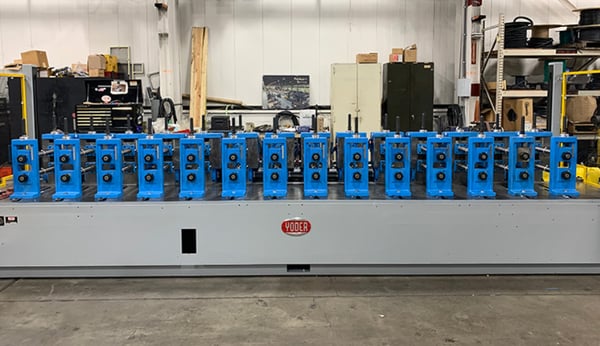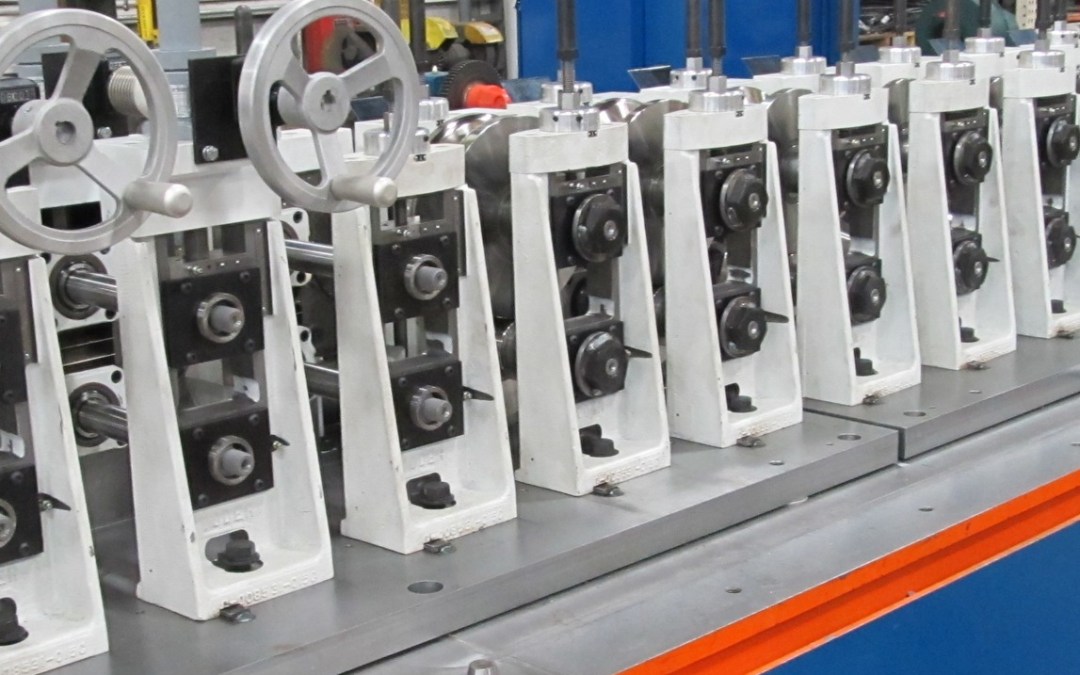In metal manufacturing and fabrication, changeover times refer to the time it takes to switch a manufacturing process or setup from producing one type of product to another. In this industry, changeover times can be significant due to the complex machinery involved and the need to reconfigure equipment, such as molds, dies, or tooling.
How Long Changeovers Lead to Lower Productivity
When these changeover times are too long, it results in increased downtimes, which can lead to a variety of issues including:
-
Loss of production time: During changeovers, production lines are idle, leading to a loss of production time. This idle time directly contributes to increased downtimes, reducing the overall efficiency of the manufacturing process.
-
Reduced throughput: Lengthy changeover times limit the number of products that can be manufactured within a given timeframe. This reduction in throughput not only affects the immediate production schedule but also impacts overall productivity and profitability.
-
Increased costs: Extended downtimes lead to higher costs associated with labor, energy consumption, and overhead. The longer equipment remains idle, the more resources are wasted without generating revenue.
-
Inventory buildup: If changeovers take too long, manufacturers may resort to producing larger batch sizes of each product to minimize the frequency of changeovers. This can lead to excessive inventory buildup, tying up capital and storage space.
- Fulfillment delays: Longer changeover times can result in delays in fulfilling customer orders. In industries with tight deadlines or just-in-time delivery requirements, these delays can have severe consequences, including loss of customer trust and potential contract penalties.

Machinery Solutions for Faster Changeovers and Reduced Downtime
To address these challenges and minimize downtime, manufacturers often implement strategies such as standardizing processes and investing in equipment designed for quicker changeovers. Here are a few of the machinery upgrades that can cut down changeover time and boost efficiency.
- Rafted Roll Stands: One factor that adds significant time and labor to your changeovers is the process of switching out individual roll stands one at a time. In large mills with multiple sets of tooling or changeovers per week, this can result in significant downtime and lost production. By upgrading to rafted roll stands, which are mounted on removable subplates called rafts, you're able to change a group of roll stands at once instead of switching out rolls one at a time, significantly reducing the time it takes to change tooling.
To see how rafting can improve your overall production, use our Rafting Productivity Calculator here. - Single Point Adjustment (SPA): Improving the setup and alignment of your roll stands is another strategy for more efficient changeovers. Single point adjustment is a machine feature that allows the operator to adjust the roll stand from one point, moving the top shaft up or down while keeping the roll shaft parallel to the bottom roll shaft. The SPA allows for roll tooling settings to be measured and documented, making the setup process easy and repeatable even for novice operators, which reduces setup times. These measurements also eliminate the need for the operator to “feel” the adjustment thanks to the positive feedback of the machine. By reducing labor and removing guesswork from tooling adjustments, the SPA expedites your tooling changeover.

- TruPosition Auto Single Point Adjustment: TruPosition Auto SPA has all the benefits of SPA, but with even more accuracy and features. Our Yoder TruPosition utilizes automation to produce repeatable roll settings from run to run and job to job. By allowing for autocorrection of roll settings throughout the production run, the machine eliminates downtime if adjustment is needed. Every job, as well as any auto adjustments made, are recorded for faster setup in the future.
By incorporating rafted tooling and single-point adjustment techniques into your operations, you can ensure that every production has the most efficient changeover process. By reducing changeover times, manufacturers can minimize downtime, improve efficiency, and enhance their competitiveness in the marketplace.



